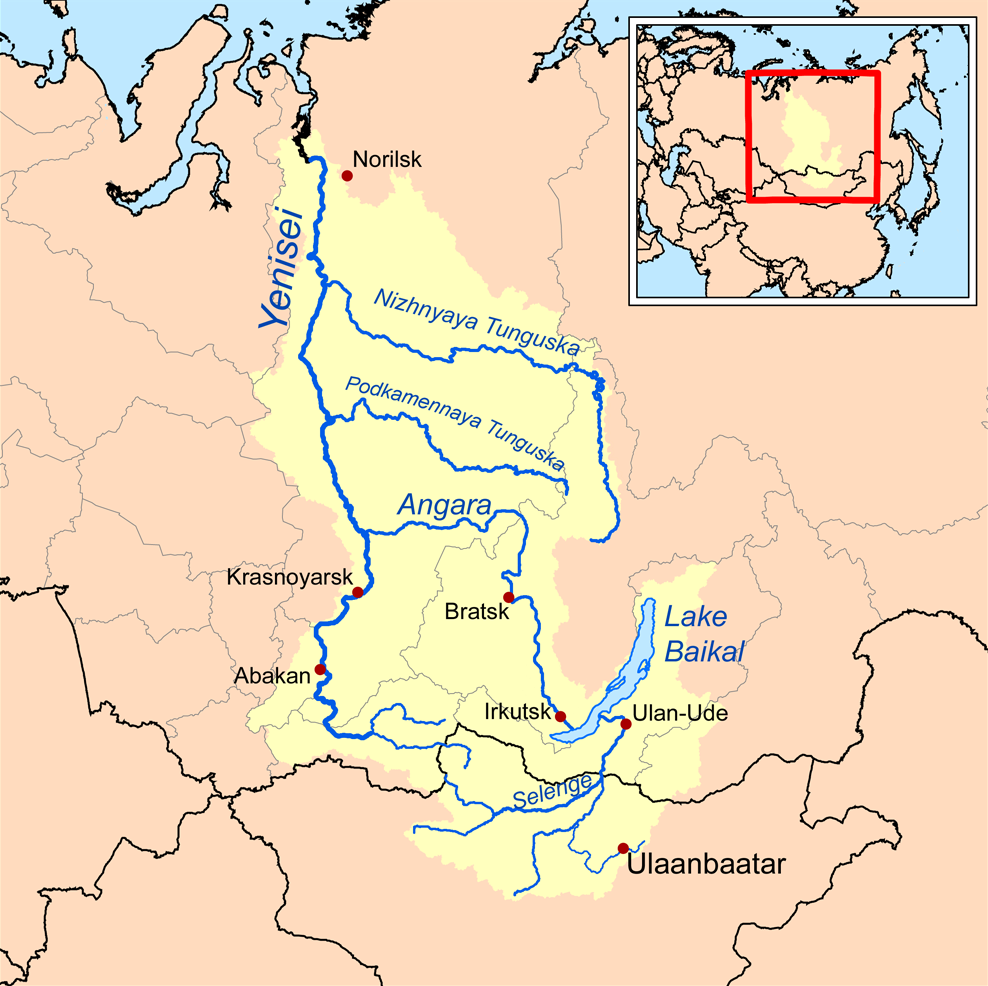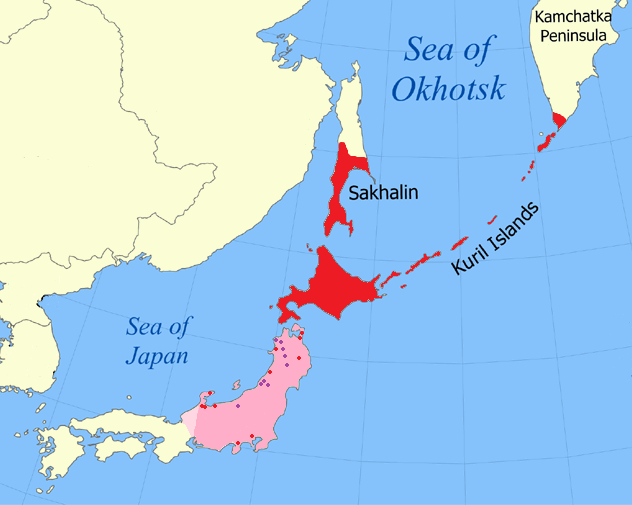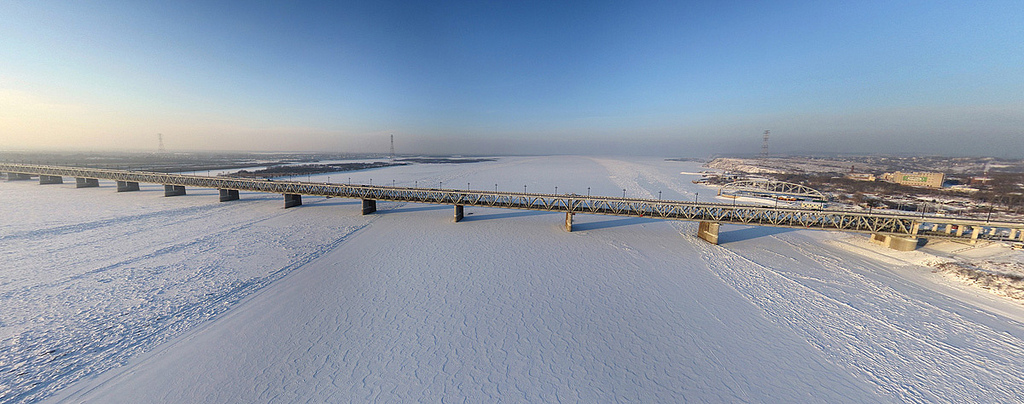|
Oroch People
Orochs (Russian ''О́рочи''), Orochons, or Orochis (self-designation: ''Nani'') are a people of Russia that speak the Oroch (''Orochon'') language of the Southern group of Tungusic languages. According to the 2002 census there were 686 Orochs in Russia. According to the 2010 census there were 596 Orochs in Russia. Orochs traditionally settled in the southern part of the Khabarovsk Krai, Russia and on the Amur and Kopp rivers. In the 19th century, some of them migrated to Sakhalin. In the early 1930s, the Orochi National District was created, but was cancelled shortly thereafter "due to lack of native population". Because the people never had a written language, they were educated in Russian. Their language, Oroch, is on the verge of extinction; According to the 2021 census there are only about 43 native speakers of the language. They follow Shamanism and Russian Orthodox Church. History Between 1963 and 1993, major changes took place in Oroch families: * Almost all O ... [...More Info...] [...Related Items...] OR: [Wikipedia] [Google] [Baidu] |
Oroqen People
The Oroqen or Orochen people ( Oroqen:; ; Mongolian: ) are an ethnic group in northern China. They form one of the 56 ethnic groups officially recognized by the People's Republic of China. The Oroqen people are largely concentrated in the northern Chinese provinces of Heilongjiang and Inner Mongolia, which are home to 45.54% and 41.94% of the 8,259 Oroqen people living in China. The Oroqen Autonomous Banner is also located in Inner Mongolia. The Oroqens are mainly hunters, and customarily use animal fur and skins for clothing. Many of them have given up hunting and adhered to laws that aimed to protect wildlife in the People's Republic of China. The government has provided modern dwellings for those who have left behind the traditional way of life. The Oroqen are represented in the People's Congress by their own delegate and are a recognized ethnic minority. In the Russian Empire, various peoples in various places were called Orochen (; orthography before Soviet reform), in sev ... [...More Info...] [...Related Items...] OR: [Wikipedia] [Google] [Baidu] |
Russian Language
Russian is an East Slavic languages, East Slavic language belonging to the Balto-Slavic languages, Balto-Slavic branch of the Indo-European languages, Indo-European language family. It is one of the four extant East Slavic languages, and is the native language of the Russians. It was the ''de facto'' and ''de jure'' De facto#National languages, official language of the former Soviet Union.1977 Soviet Constitution, Constitution and Fundamental Law of the Union of Soviet Socialist Republics, 1977: Section II, Chapter 6, Article 36 Russian has remained an official language of the Russia, Russian Federation, Belarus, Kazakhstan, Kyrgyzstan, and Tajikistan, and is still commonly used as a lingua franca in Ukraine, Moldova, the Caucasus, Central Asia, and to a lesser extent in the Baltic states and Russian language in Israel, Israel. Russian has over 253 million total speakers worldwide. It is the List of languages by number of speakers in Europe, most spoken native language in Eur ... [...More Info...] [...Related Items...] OR: [Wikipedia] [Google] [Baidu] |
Tungusic Peoples
Tungusic peoples are an ethnolinguistic group formed by the speakers of Tungusic languages (or Manchu–Tungus languages). They are native to Siberia, Mongolia and China. The Tungusic language family is divided into two main branches, Northern ( Ewenic– Udegheic) and Southern Tungusic ( Jurchenic– Nanaic). Name The name ''Tungusic'' is artificial, and properly refers just to the linguistic family (Tungusic languages). It is derived from Russian (), a Russian exonym for the Evenks (Ewenki). English usage of ''Tungusic'' was introduced by Friedrich Max Müller in the 1850s, based on earlier use of German by Heinrich Julius Klaproth. The alternative term ''Manchu–Tungus'' is also in use ( 'Tunguso-Manchurian'). The name ''Tunguska'', a region of eastern Siberia bounded on the west by the Tunguska rivers and on the east by the Pacific Ocean, has its origin from the Tungus people (Evenks). [...More Info...] [...Related Items...] OR: [Wikipedia] [Google] [Baidu] |
Ethnic Groups In Russia
Russia, as the largest country in the world, has great ethnic diversity. It is a multinational state and home to over 190 ethnic groups countrywide. According to the population census at the end of 2021, more than 147.1 million people lived in Russia, which is 4.3 million more than in the 2010 census, or 3.03%. At the same time, only 130.587 million census participants indicated their nationality. The top ten largest nations besides Russians included in descending order: Tatars, Chechens, Bashkirs, Chuvash, Avars, Armenians, Ukrainians, Dargins and Kazakhs. Population censuses in Russia allow citizens to report their nationality according not only to their ancestry, but also to self-identification. The 83 (or 85) federal subjects which together constitute the Russian Federation include: * 21 national republics (self-governing regions organized along ethnic lines) * 4 autonomous okrugs (usually with substantial or predominant ethnic minority) * 1 autonomous oblast Ethnic gro ... [...More Info...] [...Related Items...] OR: [Wikipedia] [Google] [Baidu] |
The Red Book Of The Peoples Of The Russian Empire
''The Red Book of the Peoples of the Russian Empire'' () is a book about the small nations of the Russian Empire, the Soviet Union, and Russia and some other post-Soviet states of today. It was written by Margus Kolga, Igor Tõnurist, Lembit Vaba, and Jüri Viikberg. It was published in Estonian (language), Estonian in 1991 and in English in 2001. The foreword of the book explains the book's approach by saying, "the authors of the present book, who come from a country (Estonia) which has shared the fate of nations in the Russian and Soviet empires, endeavour to publicize the plight of the small nations whose very existence is threatened as a result of recent history." Described peoples The authors' intention for the book was to include the peoples according to the following criteria: * are not yet extinct, * whose main area of settlement is on ex-Soviet territory, * whose numbers are below 30,000, * of whom less than 70% speak their native language, * who form a minority on thei ... [...More Info...] [...Related Items...] OR: [Wikipedia] [Google] [Baidu] |
Sakhalin
Sakhalin ( rus, Сахали́н, p=səxɐˈlʲin) is an island in Northeast Asia. Its north coast lies off the southeastern coast of Khabarovsk Krai in Russia, while its southern tip lies north of the Japanese island of Hokkaido. An island of the West Pacific, Sakhalin divides the Sea of Okhotsk to its east from the Sea of Japan to its southwest. It is administered as part of Sakhalin Oblast and is the largest island of Russia, with an area of . The island has a population of roughly 500,000, the majority of whom are Russians. The indigenous peoples of the island are the Ainu, Oroks, and Nivkhs, who are now present in very small numbers. The island's name is derived from the Manchu word ''Sahaliyan'' (), which was the name of the Qing dynasty city of Aigun. The Ainu people of Sakhalin paid tribute to the Yuan, Ming, and Qing dynasties and accepted official appointments from them. Sometimes the relationship was forced but control from dynasties in China was loose ... [...More Info...] [...Related Items...] OR: [Wikipedia] [Google] [Baidu] |
Amur River
The Amur River () or Heilong River ( zh, s=黑龙江) is a perennial river in Northeast Asia, forming the natural border between the Russian Far East and Northeast China (historically the Outer and Inner Manchuria). The Amur ''proper'' is long, and has a drainage basin of .Амур (река в Азии) If including its main stem , the Argun, the Am ... [...More Info...] [...Related Items...] OR: [Wikipedia] [Google] [Baidu] |
Khabarovsk Krai
Khabarovsk Krai (, ) is a federal subjects of Russia, federal subject (a krai) of Russia. It is located in the Russian Far East and is administratively part of the Far Eastern Federal District. The administrative centre of the krai is the types of inhabited localities in Russia, city of Khabarovsk, which is home to roughly half of the krai's population and the largest city in the Russian Far East (just ahead of Vladivostok). Khabarovsk Krai is the fourth-largest federal subject by area, and had a population of 1,343,869 as of 2010. Being dominated by the Siberian High winter cold, the continental climates of the krai see extreme freezing for an area adjacent to the sea near the mid-latitudes, but also warm summers in the interior. The southern region lies mostly in the drainage basin, basin of the lower Amur River, with the River mouth, mouth of the river located at Nikolaevsk-on-Amur draining into the Strait of Tartary, which separates Khabarovsk Krai from the island of Sakha ... [...More Info...] [...Related Items...] OR: [Wikipedia] [Google] [Baidu] |
Census
A census (from Latin ''censere'', 'to assess') is the procedure of systematically acquiring, recording, and calculating population information about the members of a given Statistical population, population, usually displayed in the form of statistics. This term is used mostly in connection with Population and housing censuses by country, national population and housing censuses; other common censuses include Census of agriculture, censuses of agriculture, traditional culture, business, supplies, and traffic censuses. The United Nations (UN) defines the essential features of population and housing censuses as "individual enumeration, universality within a defined territory, simultaneity and defined periodicity", and recommends that population censuses be taken at least every ten years. UN recommendations also cover census topics to be collected, official definitions, classifications, and other useful information to coordinate international practices. The United Nations, UN's Food ... [...More Info...] [...Related Items...] OR: [Wikipedia] [Google] [Baidu] |
Tungusic Languages
The Tungusic languages (also known as Manchu–Tungus and Tungus) form a language family spoken in Eastern Siberia and Manchuria by Tungusic peoples. Many Tungusic languages are endangered. There are approximately 75,000 native speakers of the dozen living languages of the Tungusic language family. The term "Tungusic" is from an exonym for the Evenk people (Ewenki) used by the Yakuts ("tongus"). Classification Linguists working on Tungusic have proposed a number of different classifications based on different criteria, including morphological, lexical, and phonological characteristics. Some scholars have criticized the tree-based model of Tungusic classification and argue that the long history of contact among the Tungusic languages makes them better treated as a dialect continuum. The main classification is into a northern branch and a southern branch (Georg 2004) although the two branches have no clear division, and the classification of intermediate groups is debatable. ... [...More Info...] [...Related Items...] OR: [Wikipedia] [Google] [Baidu] |
Russia
Russia, or the Russian Federation, is a country spanning Eastern Europe and North Asia. It is the list of countries and dependencies by area, largest country in the world, and extends across Time in Russia, eleven time zones, sharing Borders of Russia, land borders with fourteen countries. Russia is the List of European countries by population, most populous country in Europe and the List of countries and dependencies by population, ninth-most populous country in the world. It is a Urbanization by sovereign state, highly urbanised country, with sixteen of its urban areas having more than 1 million inhabitants. Moscow, the List of metropolitan areas in Europe, most populous metropolitan area in Europe, is the capital and List of cities and towns in Russia by population, largest city of Russia, while Saint Petersburg is its second-largest city and Society and culture in Saint Petersburg, cultural centre. Human settlement on the territory of modern Russia dates back to the ... [...More Info...] [...Related Items...] OR: [Wikipedia] [Google] [Baidu] |





